In this article of critique of virtual photography we will try to understand all the potential and risks of using photomode in video games
In recent years we have seen an ever-growing phenomenon in video games. The amount of titles in which we can find the photo mode increases from year to year. Not just in quantity though, because this particular feature has been implemented in qualitatively different titles. If until a few years ago we could take in-game photographs almost exclusively in racing games, now it is also possible to do so in many other titles from the most disparate genres, from action in the third person, to the fps, up to GDR.
Given the growing importance of this modality due to the enormous interest on the part of all subjects industry, in the following lines we will try to understand the phenomenon through a criticism reasoned to the virtual photography and a consequent comparison with the traditional photography.
A growing phenomenon
As mentioned, over time the people interested in this particular feature have multiplied video games, from individual magazines to real artists who have been able to combine their profession of photography with theirs passion for video games. In fact, on the net, we can find many galleries with a strong imprint copyright, as well as normal shots players who wanted to share their experience during their sessions gameplay. The phenomenon of virtual photography therefore requires one criticism that tries to identify the potential expressive and enrichment, as much as i risks and the dangers that lurk there.

Parallelisms – Critique of virtual photography
Personally I was able to try the photomode in various titles and take lots of photos. Needless to say, if you are not a minimum connoisseurs of the photographic field we will continue to take one infinity more or less beautiful images that will come in full in the long run discarded. For this reason, the first question that I would like to emerge is precisely this. That is, like the virtual photography shares many aspects with that traditional. As in the latter, for example, also for the in-game screens unlimited availability in shooting at any time, given the absence of a support as the film of analog machines, leads to enhance not the image itself, but the real itself act to shoot.
This last aspect was of basic importance in the context of the history of photography. We think of all those twentieth century war photographers, like Robert Capa, which during their stalking in dangerous areas they had only available a handful of shots to capture the “truth” of the war. With digital it was no longer the case. The photos they increased in number exponentially thanks to the supports of memorization digital, but the risk was to have an infinity of anonymous images and without real meaning, without a story to tell.
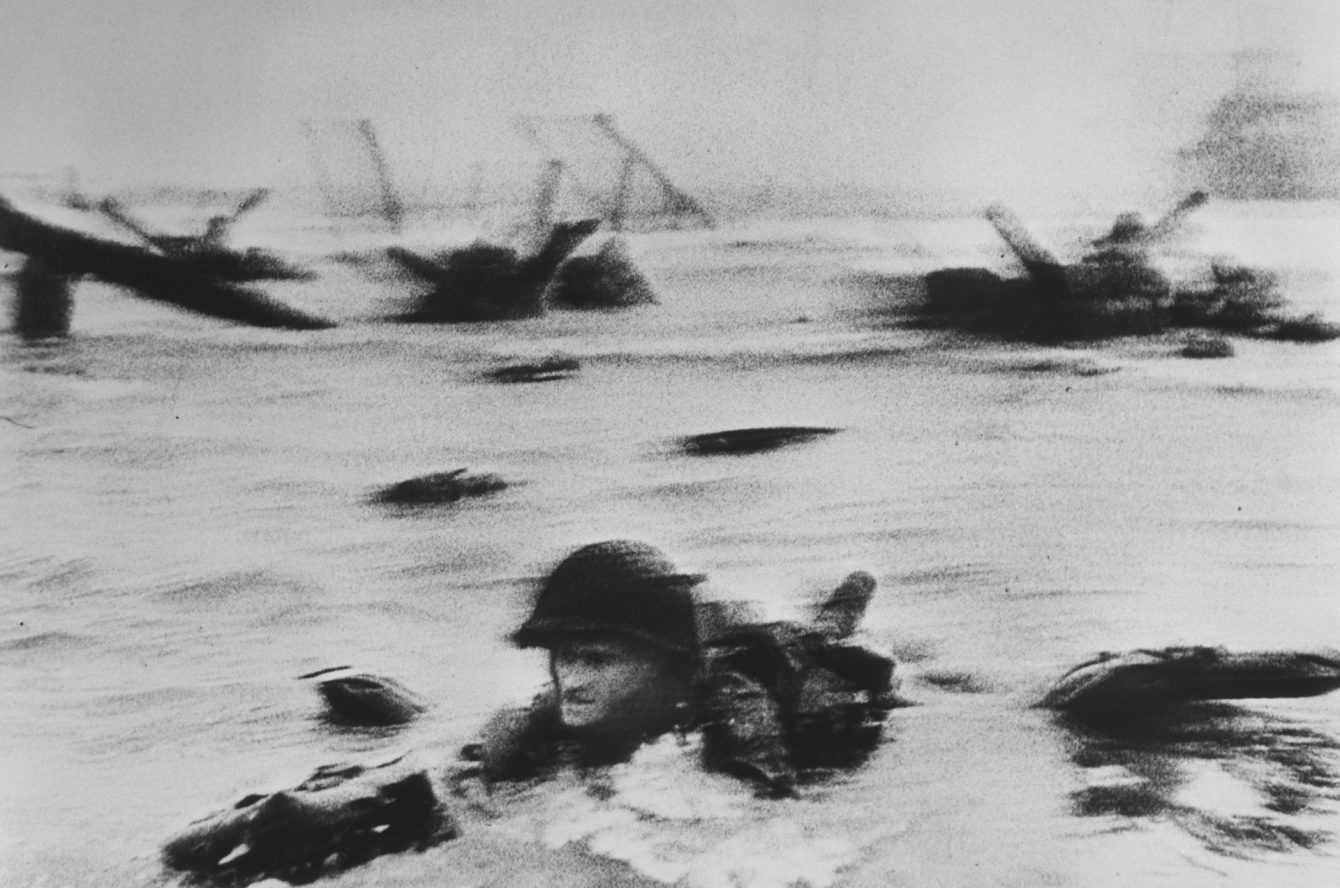
Simulating the camera – Critique of virtual photography
The same discourse can be translated with i video games, where at any time it is possible pause the game and start capturing your favorite moment. What the photomode has gradually simplified, or complicated depending on your point of view, is the syntax, aesthetics of the shot. That is the ability to manage and modify such a quantity of settings by adding slider and submenus, to potentially cancel the difference, at least on a technical level, with digital cameras real.
Thanks to this it is possible, in any game that allows it, to fix saturation, brightness, contrast and a thousand other parameters and aesthetically capture images flawless and suggestive, we think of titles such as Ghost of Tsushima or the latest Naughty Dog productions.

The Chiara Room
One of the criticisms attributable to this “perfection”, as already mentioned, is the risk of the absence of a truth point. In the famous essay by Roland Barthes from 1980, The Chiara Room, the author identifies, first from an ontological point of view and then from a more intimate and personal point of view, due elements of analysis that emerge when we place ourselves in front of a photograph: lo Education and the point. If the studium is all that the photo represents, or rather its level of reality, its mere content, the punctum is the truth that emerges from that representation and strikes the viewer on a level emotional.
Somehow the punctum is the deep meaning hitting the subject looking at the image. Returning to our video games, often the punctum gets confused with the studium; the will to capture our favorite character in an absurd pose or with a nice background behind, such as in the last chapters of Marvel’s Spider-Man, translates in most cases into a mere exercise of style for the laziest gamer. In Marvel’s Spider-Man, to get a suggestive photo it doesn’t take much, just pause the game when the character is whirling in the middle of the buildings and shoot.
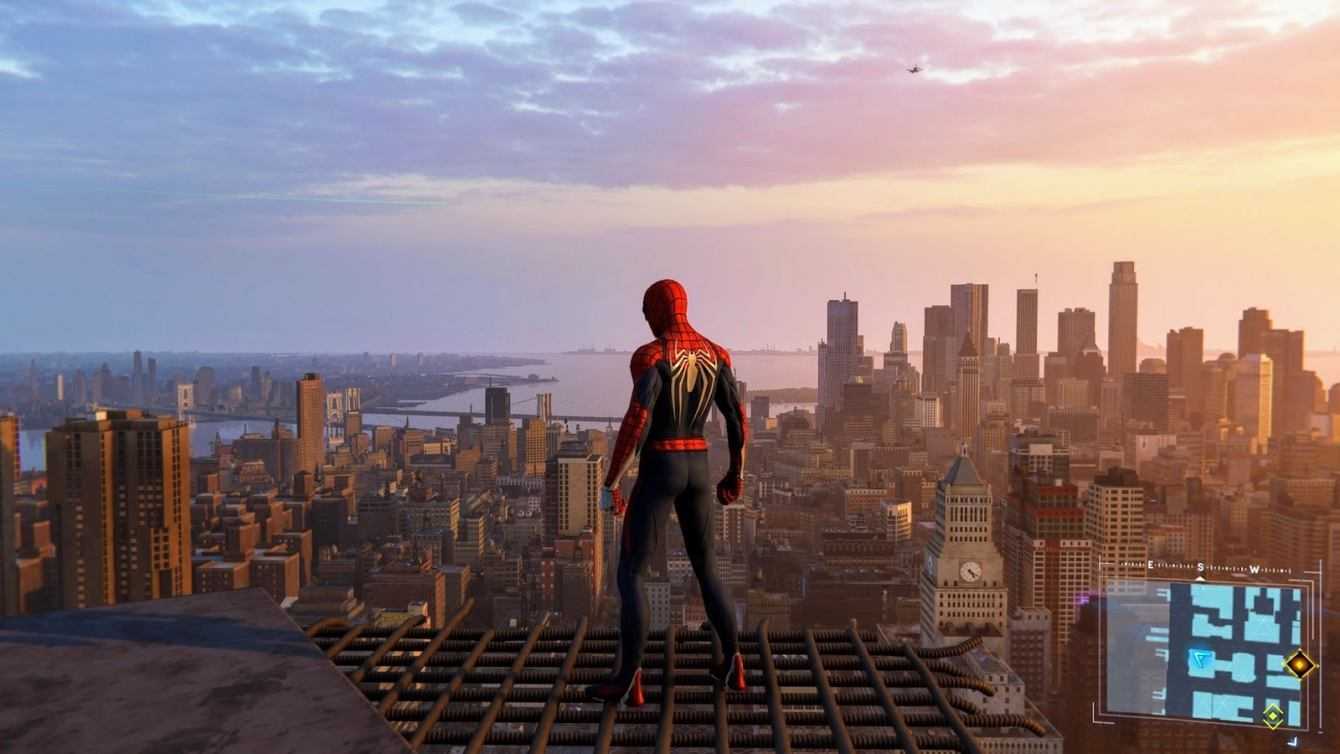
A little help – Critique of virtual photography
Fortunately, however, there are other players with a more trained eye, who wish to take advantage of the photo mode to get the shots they have relevance, which tell a story, which capture the essence of a moment, of a character or of the game itself. However, it is necessary to clarify that it cannot be judged clearly, dichotomic, the validity of one click. There are only photos that are more successful than others. Furthermore, video games, unlike what happens in the real world, give one thick mano when approaching digital photography.
A little ‘we all noticed that many of the shots captured in game are anyway good (at least in composition), regardless of theexperience of the single player with the photographic medium. In fact, video games represent a virtual world already full e perfect. The game engines of today are more and more realistic and detailed compared to those of only a few years ago, just think of what it is able to give back visually the new Unreal Engine 5, as in the last tech demo dedicated to the world of Matrix.
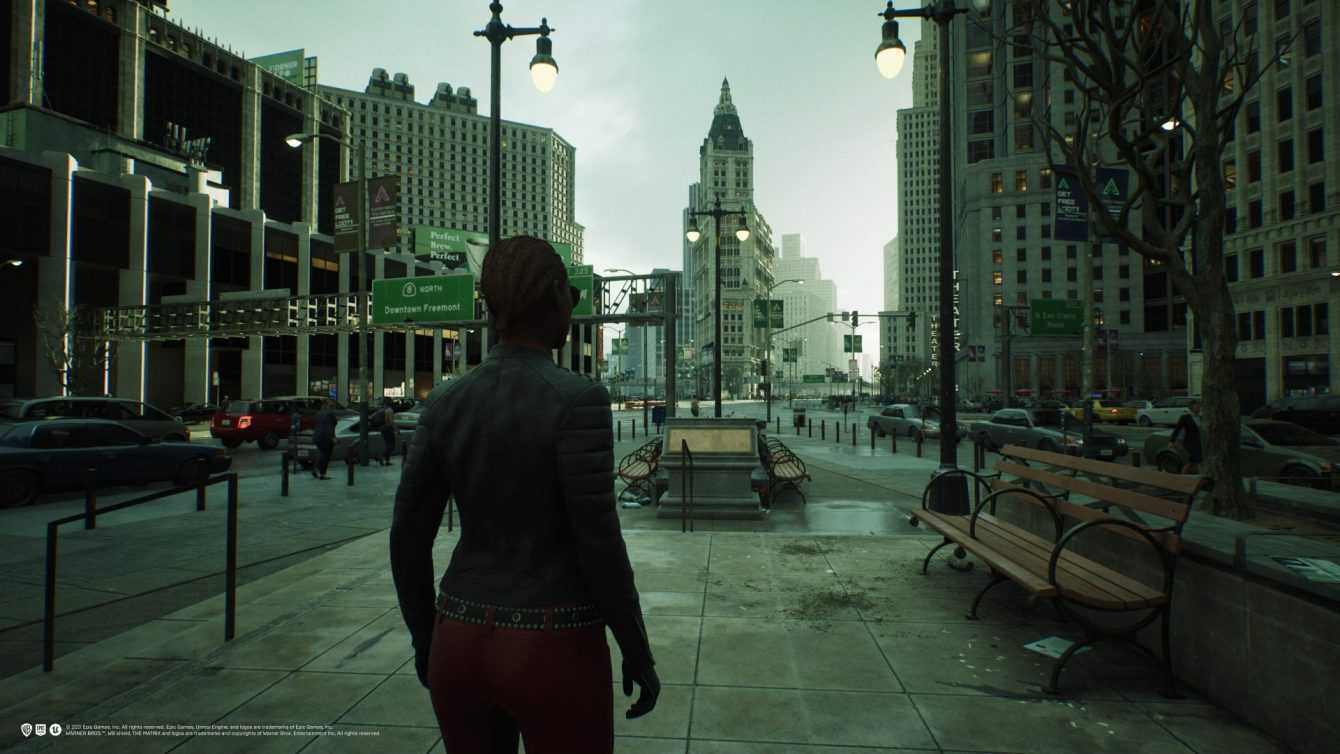
Fixing eternity in an instant – Critique of virtual photography
The speech is broader if you think about it. Because it’s not just about the quality of the texture, of the system of lighting he was born in rendering, but also of direction and more generally of the Artistic direction behind the gameplay experience. How many times does it happen to us, walking with a character, of turn the corner and find a landscape so beautiful that we want to capture it with one screen? This cathartic moment would seem due to the case or at best to the good eye of the player, however It is not so.
The magical encounter with ours perfect shot is actually the result of a meticulous work of direction, level design and construction of the playful progression made upstream by art director. The truth is therefore only one, and the most photographically trained players have known this for some time. That is, you need to arm yourself with patience, try and try again to finally find it perfect shot, as one of the greatest photographers of all time used to do, Henri Cartier-Bresson.
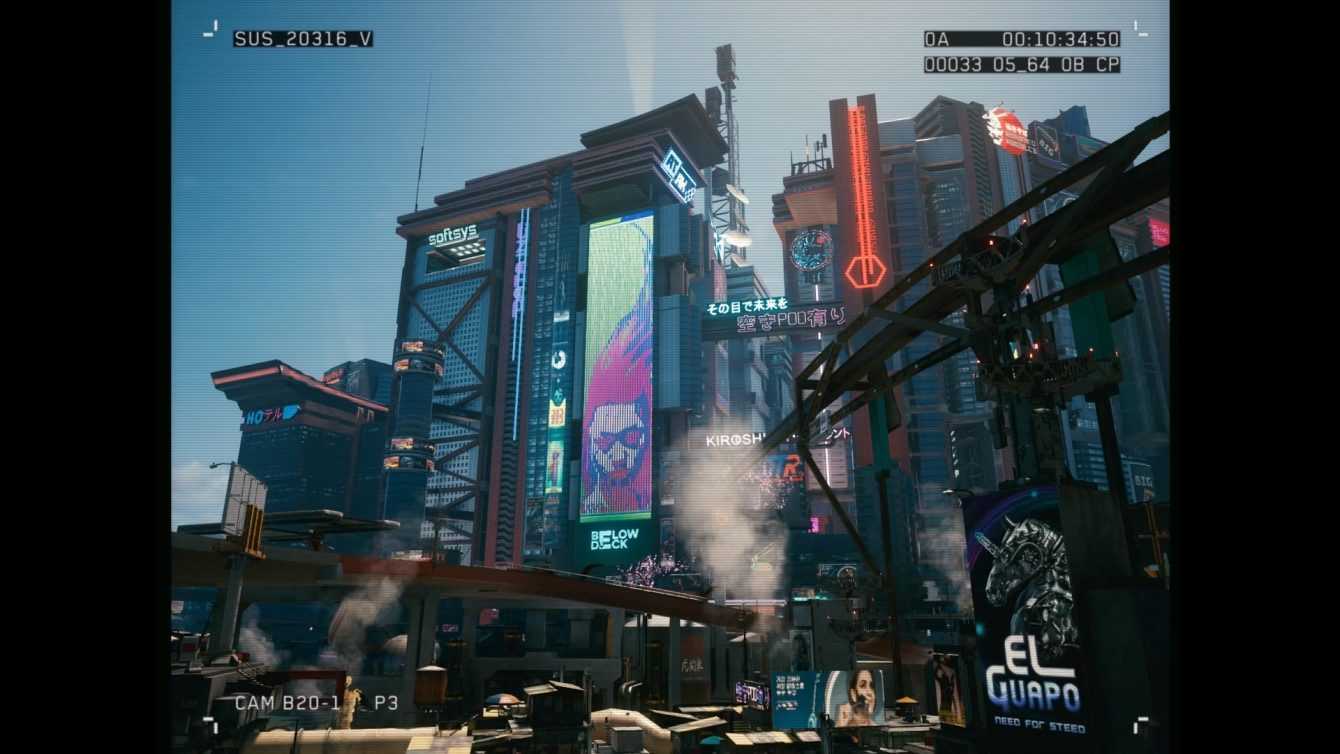
Photographic truth – Critique of virtual photography
The speech around the “truth” of photography has affected i theorists throughout the last century. If some believed that photography bears a kind of truth documentary, others have argued that photography could only contain a certain degree of fiction, of artificiality. From the choice of the shot, to the choice of the subject up to post production, photography he can’t help but lie, being the result of a series of premises authorial, and therefore subjective. So how to translate these considerations into the realm videogame?
The theoretical problem is complex, because video games constitute a virtual world, artificial in every line of code. How do you then a to catch the truth of a fake reality? the answer lies in the fact that video games certainly represent a fictional world, but not for this less real of our. Their reality is simply placed on a different plane ontological. Removed the veil of Maya, what remains of digital photography is therefore its strength in being one of the tools with which the video game itself testifies to its expressive richness as a medium.
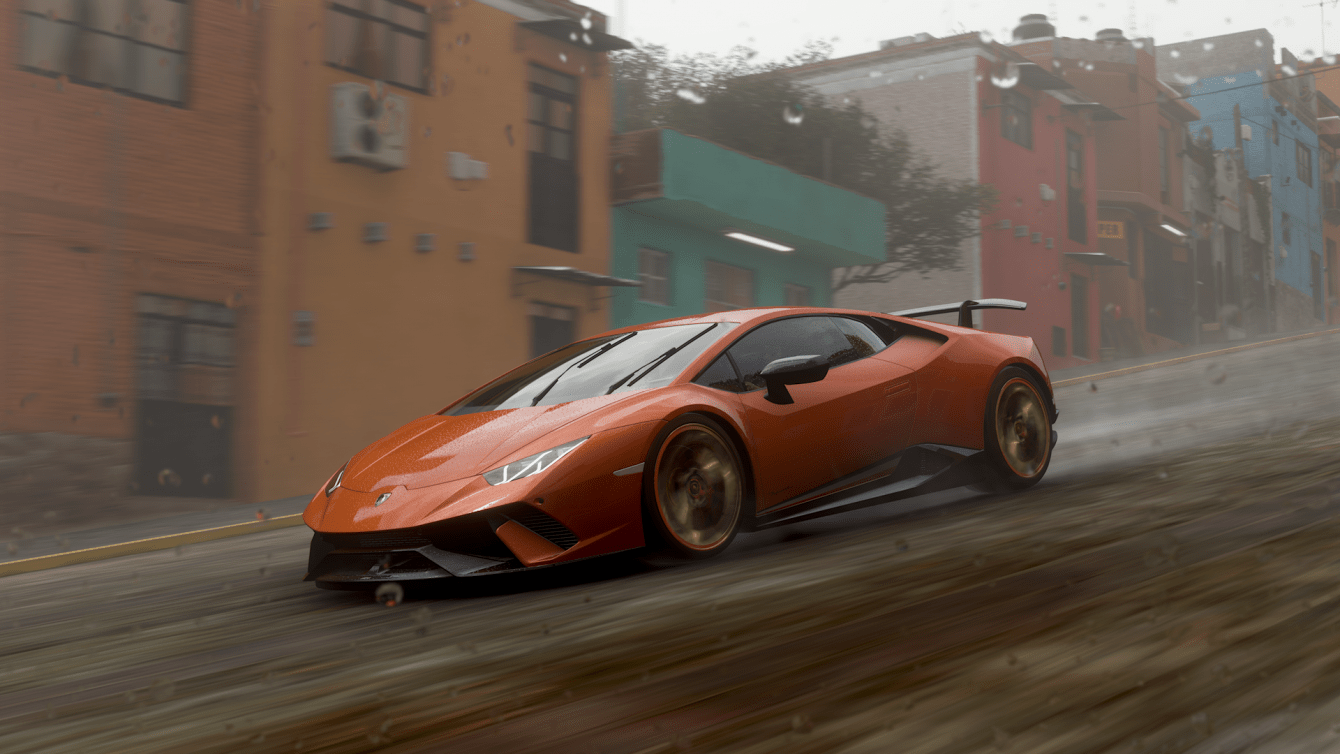
Creative workshop – Critique of virtual photography
Within virtual worlds, unlike ordinary reality, everything is under the check of our hands. In this sense it is a bit like being inside controlled environments, gods artistic workshops where you manipulate the play material to your liking to find new meanings.
In this sense, photomode can be used within a game with different and different approaches intentionality. For example, in a driving game like Forza Horizon 5, if we take the car as subject of photography, we can find multiple interpretative keys.
A moment of reflection
In between races, we can capture the car running highlighting the element of speed with kinetic lines or take a more static “still”(From Still Life, a photographic current that imitates the still life of the pictorial world) of the car in the middle of the nature lush Mexican. Or still immortalize a bug particularly fun and share it on social networks. As we could see in this article by criticism to virtual photography, it is able to make us discover new horizons, to watch video games from another point of sight.
In fact, he showed us, as in a medium in which the main fruition is linked to dynamicity of gameplay it is possible to obtain a calmer inner space, a kind of pause reflective in which to give vent to creativity and become authors in turn.
To buy your favorite titles in Discount, go to our Instant Gaming link! For other news, guides and insights, follow the pages of TechGameWorld.com.















Leave a Reply
View Comments